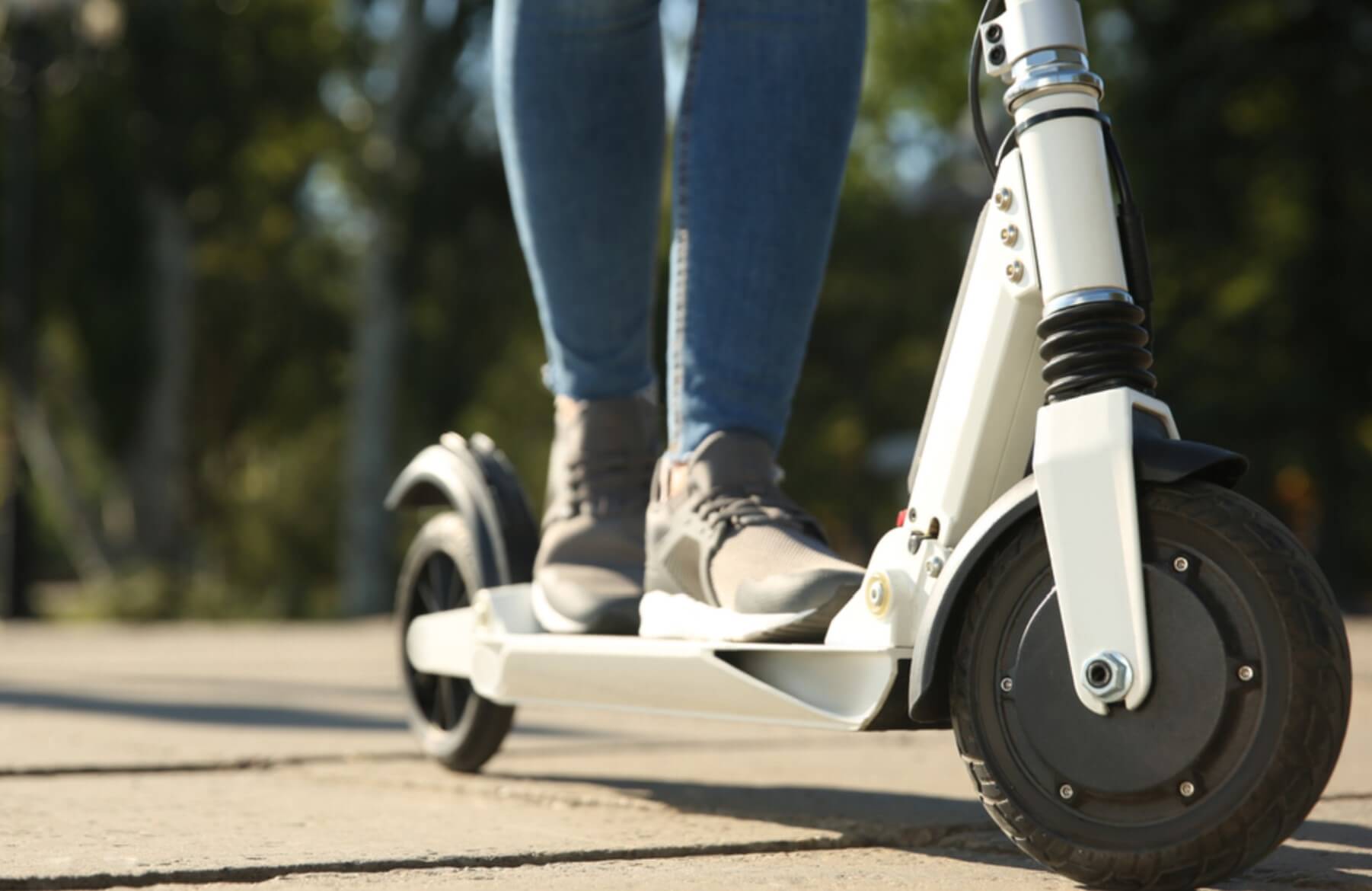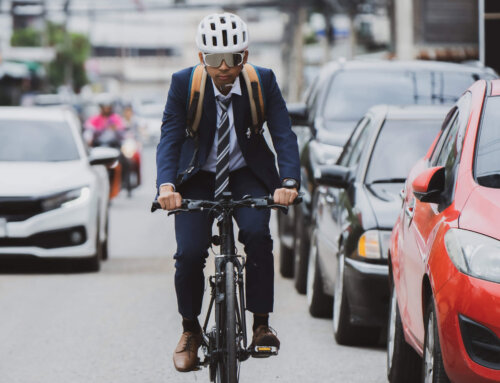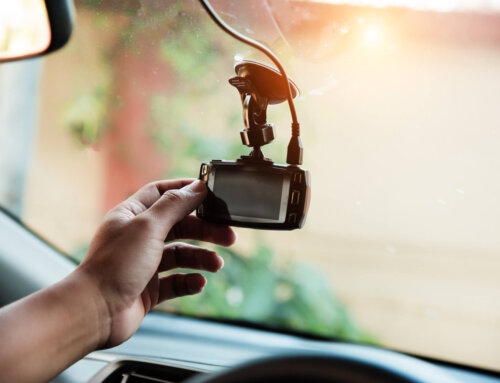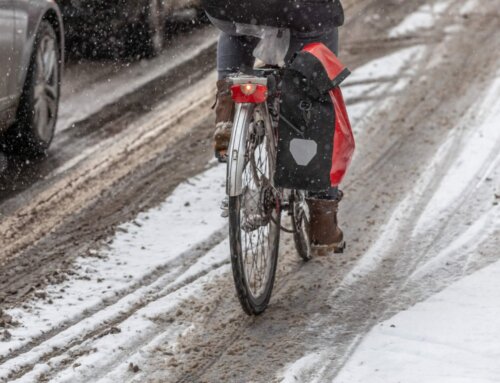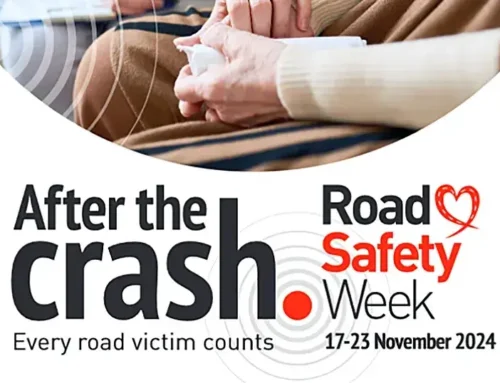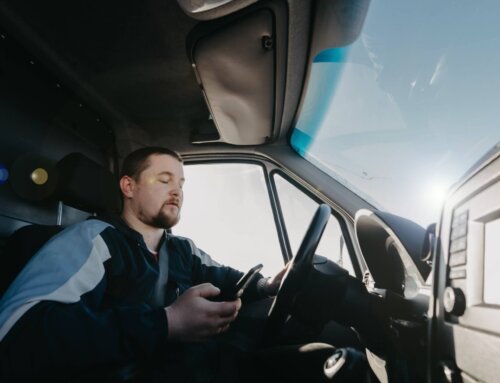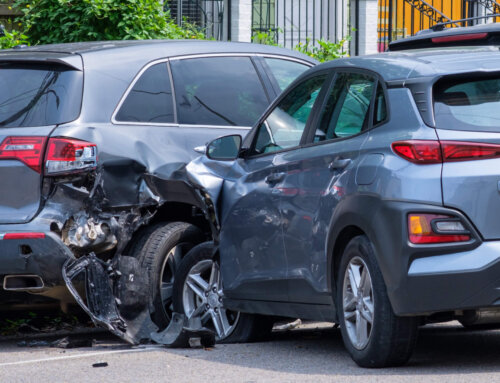At Mooneerams solicitors, we regularly act for clients who are injured in road traffic accidents and want to make personal injury claims against the other vehicle’s driver.
Many of these clients are what the Highway Code refers to as vulnerable road users, a group that includes pedestrians, cyclists, motorcyclists, and horse riders.
As you may have read in newspapers or seen on TV, there is a potential new member of this group, in the form of e-scooter riders.
What is the law relating to the riding of e-scooters in the UK?
The government classes electric scooters as ‘powered transporters’. Its guidance on using powered transporters indicates it is illegal to use an e-scooter on a public road or in spaces set out for cyclists, pedestrians, and horse riders, including on pavements and cycle lanes. The guidance clarifies that e-scooters must only be used on private land and then only with the landowner’s permission.
E-scooters are subject to the same laws as all motor vehicles, falling as they do within the definition of a motor vehicle as set out in the Road Traffic Act 1988 (“mechanically propelled vehicle”).
Section 72 of the Highways Act 1835 makes it an offence to ride on a pavement or footpath by the side of the road. Although those who created the 1835 Act of Parliament presumably did not have e-scooters in mind at the time, the wording of this law covers them. An unnamed young rider from North East England discovered this to his cost when he got prosecuted for riding an e-scooter too fast on a path. He was awarded six penalty points to be added to any future driving licence he gets.
So, as a motor vehicle that could only be used on private land with the owner’s permission, the lawful use of electric scooters has historically been relatively limited. Not that that has prevented people from using them illegally. Nor has it prevented retailers from selling them. It is not illegal to sell them.
Are you confused? If so, you may become even more so when you learn that Halfords, the cycling retailer, reported a massive surge in sales of e-scooters throughout 2020, with at one point, sales up 450% on the same period the year before.
Bear in mind whilst you can buy an e-scooter, if you use it on the road or pavement, you are liable to receive a £300 fixed penalty fine and have six points put on your licence.
What would be the potential benefits of legalising the use of e-scooters on the roads?
There is no doubt that e-scooters have their benefits, such as:
- If legalised for riding on the roads and adopted ‘en masse’, they would take people out of their cars, help to reduce congestion, and improve air quality in urban areas, in particular.
- E-scooters are a relatively inexpensive means of transport. They also have low maintenance costs.
- In busy towns and cities, they can cut the time it takes to travel short, urban journeys compared to cars and other vehicles.
- E-scooters are relatively light (around 50 kgs).
- They can be used for deliveries instead of mopeds.
- They would open up an affordable mode of transport for those from less affluent backgrounds.
- If, as seems likely, Covid is not going away any time soon, e-scooters offer a healthy and socially distant means of commuting, certainly when viewed alongside the prospect of travelling on packed public transport.
E-Scooter rental trials
As a result of the covid pandemic, the government brought forward plans to trial the use of electric scooters on the road. With the requirement for social distancing, and people’s reluctance to travel on public transport, even when some lockdown restrictions were eased, e-scooters were deemed to fit the bill as a means of getting around without having to come into close personal contact with others.
Initial trials started in Summer 2020 in Middlesbrough and there have been trials in 32 towns and cities throughout England. London began to trial the scooters on June 7th, 2021. The government issued guidance and rules, which regulate how the trials must operate. The regulations provide that:
- The trial only applies to rental e-scooters being allowed on roads and cycle lanes. The ban on riding on pavements remains.
- The e-scooters are restricted to travelling at no more than 15.5mph. Many local authorities have provided their own lower speed caps.
- The wearing of helmets is advised. It is not mandatory.
- The ban on using private e-scooters on anything other than private land with the landowner’s permission stays.
- Those who rent scooters for use on the roads during the trial period must be over 18 years of age and have a full or provisional car, moped or motorcycle licence.
- For the London trials, you have to take an online course before you are allowed to rent an e-scooter.
Separate rules and guidance apply to those operating the rental schemes
- The trial operators are licenced and working in conjunction with the government, subject to specific rules for rental operators and the local authorities where the trials are taking place.
- The scooters must weigh no more than 55kg, including the battery.
- The e-scooter must only be fitted with a continuous power rating of 500W and must not have pedals capable of propelling the vehicle.
- No more than one person is to ride on a scooter at any time.
- The scooter’s speed has to be controlled via hand controls with a default setting of ‘off’.
- The scooters are covered by motor vehicle insurance, with the rental operator ensuring that it is in place before the rental starts.
- Local authorities have been given the power to designate road space as either cycle lanes or cycle tracks. If cycle tracks are to be used to allow e-scooter use, they have to be re-designated as cycle lanes.
How have the e-scooter rental trials been going?
At the time of writing, the London e-scooter trials have only been running for just over a month. The scheme’s roll-out has not been without difficulties due to some areas having to pull out of the trial scheme for various reasons. Of the trials that started earlier than the London ones, there have been teething problems:
- Newcastle brought in a curfew on riding e-scooters following multiple drink driving arrests of late-night riders.
- In Liverpool, a councillor called e-scooters ‘orange death traps.”
- Poorly parked and even abandoned e-scooters have been reported as a problem in many trial cities, with residents complaining that they constitute a trip and fall
- In Middlesbrough, which was the first town to roll-out e-scooter rental trials, there were reports of e-scooters being;a) used on dual carriageways,
b) problems with some riders using them in shopping centres, and
c) according to local media, use of the vehicles in ‘hundreds of offences’, including assaults and robberies.
- Most of the problems that have occurred during the trials appear to be due to riders flouting the rules as to where the scooters can be ridden, with many being used illegally. Coventry’s scheme was axed because of the constant use of rented e-scooters on pavements.
Not all feedback has been negative, with the Tees Valley Mayor, Ben Houchen, hailing the pilot scheme in Hartlepool, ‘a resounding success’.
Have there been any e-scooter accidents to date in the UK?
Emily Hartridge, a TV presenter, died when her e-scooter was in collision with a lorry in Battersea, London, in 2019. Since Emily’s tragic accident, there have been several other fatal collisions.
However, whilst the number of deaths from e-scooter accidents has thankfully been relatively few, the number of e-scooter accidents overall is a cause for concern. Research for an ITV investigation in May 2021 discovered that in the previous year:
- There were 7608 rental scooters in use in England
- 805 incidents involving e-scooters had been reported to local authorities in the last year
- More than 1100 complaints were made about the use of e-scooters
- 210 people suffered injuries in accidents involving e-scooters
- 122 users got banned from riding e-scooters since the rental trials began in summer 2020.
It has been suggested that these figures probably represent a significant level of under-reporting of both e-scooter accidents and injuries sustained in e-scooter accidents due to the high frequency of illegal e-scooter use.
Problems caused by e-scooters on pavements
Sarah Gayton, the street access campaigns coordinator for the National Federation of the Blind, has highlighted two problems the visually impaired face from e-scooters on the pavement.
- E-scooters being ridden at speed on the pavement cause an obvious problem for those whose vision is impaired.
- The recent e-scooter trials have led to clusters of scooters getting left, blocking the pavement in some areas. This practice leads to a nightmare scenario for those who are unable to see the scooters. Dr Amy Kavanagh, who uses a white cane when walking around London, has been quoted as saying: “I would have to be constantly prepared for getting injured (if e-scooters are legalised).”
E-scooters being ridden or left on the pavements are not only a hazard to the visually impaired either. For any pedestrian walking along a pavement where e-scooters are being ridden, there is a real risk of:
- Suffering an injury in a pedestrian accident caused by a collision with an e-scooter rider
- Tripping over an e-scooter that has been left on the pavement and sustaining injury.
E-scooters from a rider’s viewpoint
We have already mentioned some of the benefits of e-scooters. What are the problems that responsible e-scooter riders may face whilst legally riding a rental scooter during the current trials?
- E-scooter riders are not obliged to wear helmets during the trials. Government advice (that helmets should be worn) is only advisory. Even if riders wear helmets, they are still highly vulnerable to injury from colliding with other road users.
- The small wheels on e-scooters mean that even small potholes become a severe hazard to scooter riders.
- E-scooters have neither mirrors nor indicators. Riders cannot see vehicles coming up from behind them. A lack of indicators means that other vehicles have no forewarning of the e-scooter rider’s intentions.
- There is a real prospect of e-scooters riders suffering serious injuries if they are in collision with any other road user. The danger of being thrown from their scooter and suffering severe injuries would be magnified should the scooter rider not be wearing a helmet (bearing in mind that wearing head protection is not currently mandatory).
E-Scooters – What is the verdict so far?
- E-scooters are an efficient, environmentally friendly, healthy, and affordable means of transport.
- The e-scooter rental trials ought to be the perfect showcase for how e-scooters and other road users can co-exist without causing injury, nuisance, or harm to each other. Teething problems were always to be expected, but many of the difficulties experienced so far go beyond teething issues.
- Many current problems being experienced during authorised e-scooter rental trials result from misuse of the scooters, as a result of:
- riding them on pavements,
- taking little or no care when they leave them unattended on pavements
- engaging in antisocial behaviour whilst using the scooter, and
- irresponsible riding.
The e-scooter trials are ongoing in London and many other parts of the country, so it is probably a little unfair to be judging the outcome of them whilst the trials are still running. A broader perspective as to whether the trials have been a success or not, should wait until they have come to an end and all the evidence and data has been gathered and evaluated.
The likelihood is that legislation will eventually be introduced to make riding e-scooters on the road and in cycle lanes legal. The manufacturing of e-scooters is a growing industry. If the UK were to decide against legalising the use of the scooters on the road, it would find itself out of line with what is happening in the rest of the world.
E-scooter enthusiasts will argue that push-bikes also offer riders little protection from injury should they be involved in a road traffic accident. They would also point to the fact that some cyclists ride their bikes on the pavements illegally.
The average speeds for cyclists on mixed terrain are approximately 12 mph for inexperienced cyclists and 20-30mph for more experienced riders. Electric scooter riders are being capped for speed at 15mph and less on the e-scooter trials. There is no question of cycling on the road being banned. Why then should the riding of e-scooters not be legitimised?
The debate will continue, but the safe bet is that e-scooters are here to stay and the legalising of their use on the roads is only a matter of when, not if.
Mooneerams Solicitors are experts in all types of road traffic accident claims. If you have suffered an injury whilst riding an e-scooter / electric scooter or have been injured by an e-scooter, contact us on 029 2048 3615 or contact us online to start an electric scooter accident compensation claim.

